8 little-known places in Cusco that you must visit
Cusco has some of the most visited tourist attractions in Peru. Some of them are the Sacred Valley of the Incas, the Humantay lagoon, the mountain of the 7 colors and, of course, Machu Picchu (one of the 7 wonders of the modern world). However, this Andean region also offers little-known and, therefore, little-visited tourist attractions. Even so, it is advisable to know them because they offer adventure, history and incredible landscapes.
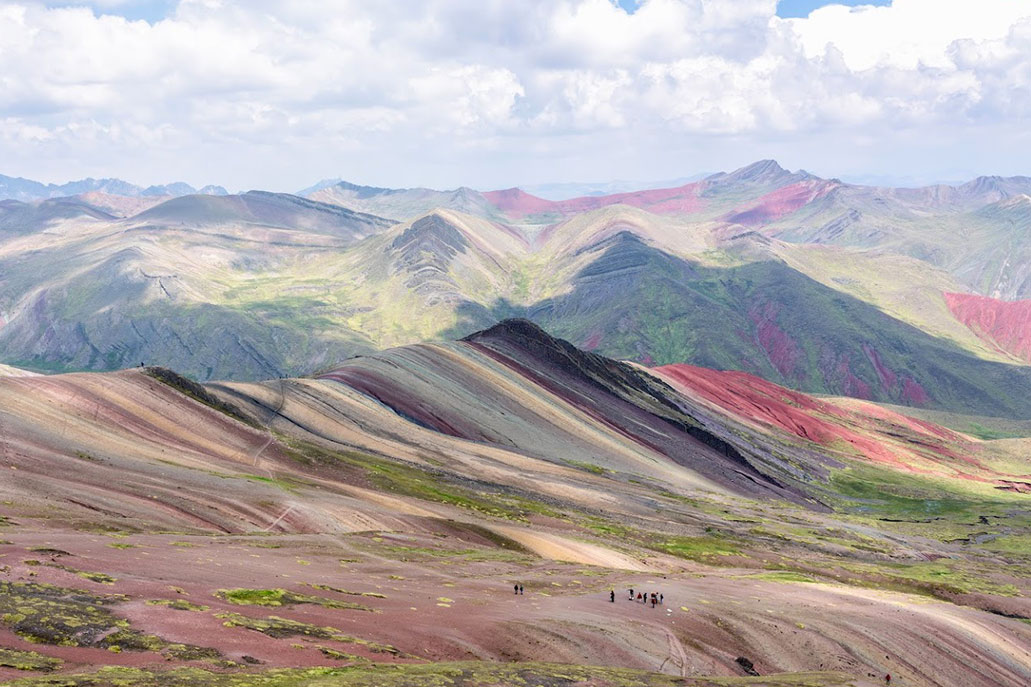
Content
The thermal baths of Cocalmayo
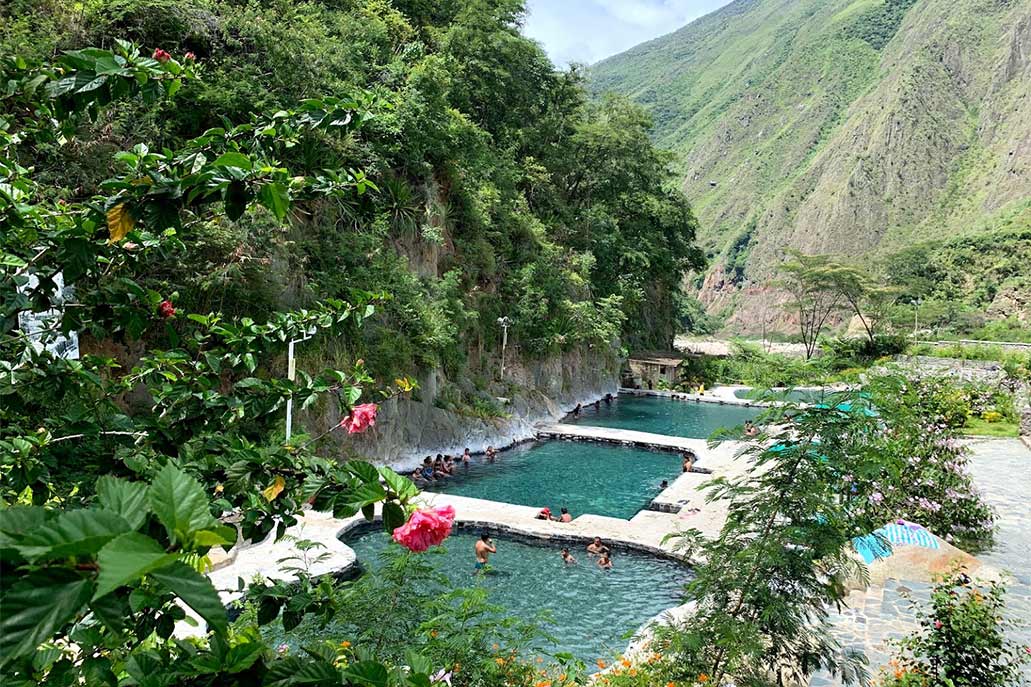
In the town of Santa Teresa – La Convencion province – there are the best thermal baths in all of Cusco. Cocalmayo is on the banks of the Vilcanota River. It has 3 large pools with crystalline waters that vary between 38ºC. and 44ºC. These hot waters come from the high mountains and lagoons such as Uripata.
Cocalmayo stands out for being surrounded by a natural landscape of high jungle. The site has showers, bathrooms, tents, chairs, dressing rooms and even spaces to camp or spend the night in its hotel rooms. It is recommended to visit between April and November. From December to March the rains are more intense, which can be dangerous.
- How to get there from the city of Cusco? Take a bus to Santa María in the province of La Convencion (4 hours). Then a taxi to the town of Santa Teresa (1 hour). Finally on foot, by taxi or motorcycle to the thermal baths of Cocalmayo.
- How much does it cost to visit? The entrance costs 10 soles for foreigners and 5 soles for Peruvians.
The viewpoint of Tres Cruces de Oro
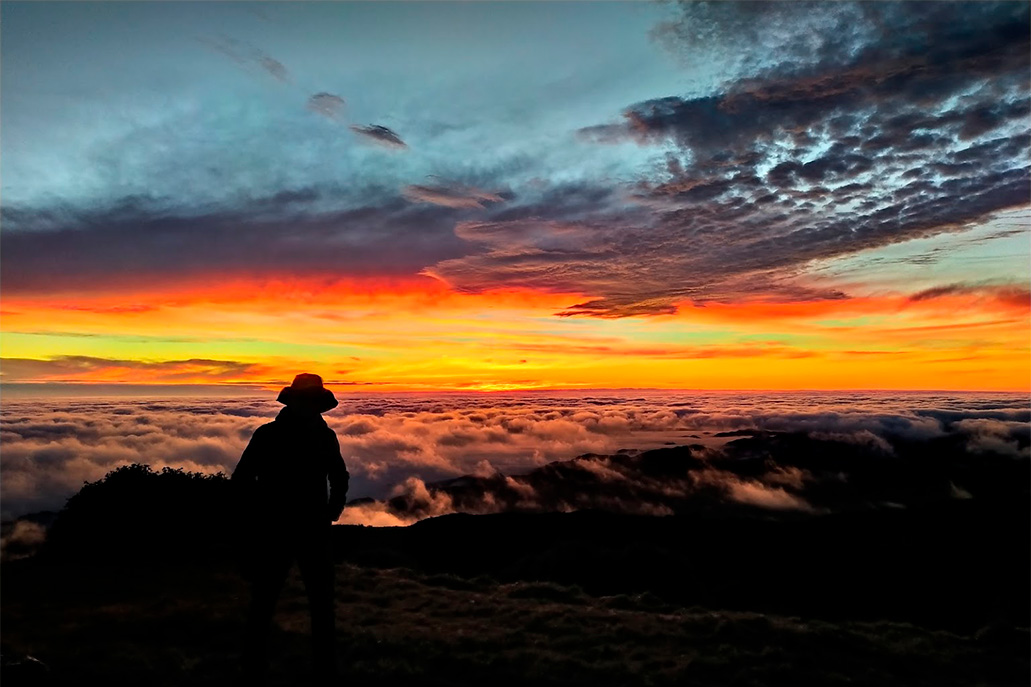
On the edge of the Andean valleys of Cusco and the jungle plain of Manú is the Tres Cruces de Oro viewpoint from where, they say, you can see the most beautiful sunrise in the world. Although there all year round beautiful sunrises are appreciated, on June 20, 21 or 22 the phenomenon of ‘White Ray’ occurs. The rising sun resembles three golden crosses on the horizon.
This viewpoint is also called ‘the eastern balcony’. It is that from there you can see part of the immense Manu National Park. To appreciate the sunrises it is necessary to camp. By averaging 5 or 6 in the morning, if the sky is not cloudy, you can see this natural spectacle.
- How to get there from the city of Cusco? Take a bus to Paucartambo (3 hours). Then by taxi to the Tres Cruces de Oro viewpoint (1 hour 30 minutes).
- How much does it cost to visit? The entrance fee is 10 Peruvian soles.
The 7 colors mountain of Palcoyo
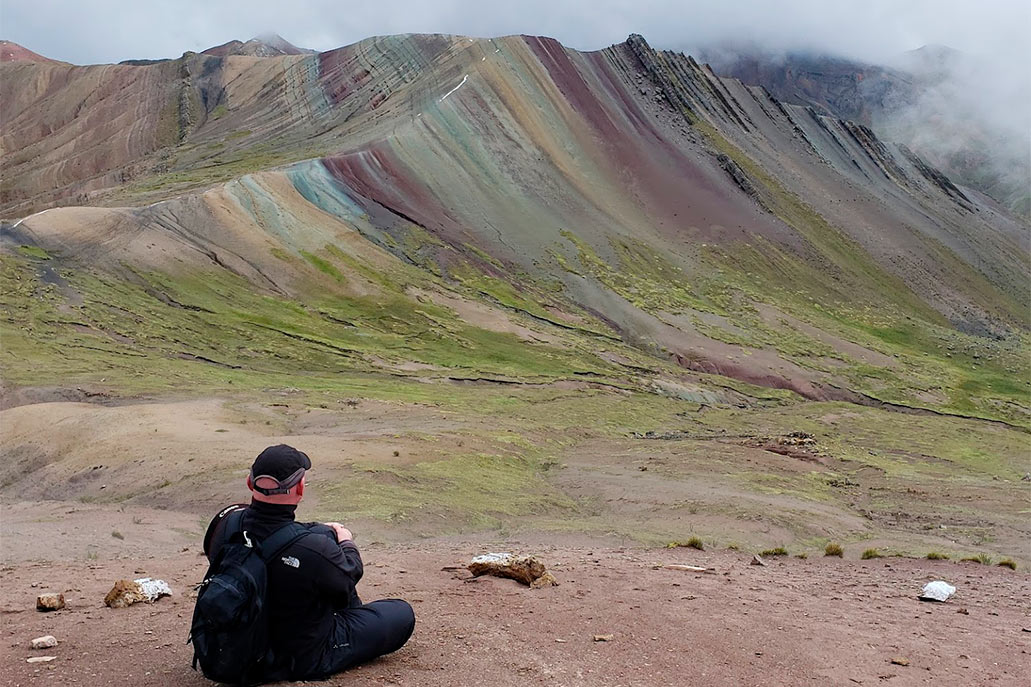
Palcoyo is a natural tourist attraction that presents a scenic beauty similar to the famous Vinicunca, the mountain 7 colors. As well as this one, it is found in the group of mountains near the Ausangate snow-capped mountain. Palcoyo is located 4,900 meters above sea level. Getting there is quite a challenge due to its extreme geography.
Unlike the walk to Vinicunca (2-hour route), to get to Palcoyo, a walk of only 1 hour is enough. There are some tourist services that include a visit to both places. The views of the Palcoyo are also full of colors. There are still not many visitors who dare to go.
- How to get there from the city of Cusco? Take a bus to Checacupe (2 hours). Then by taxi to the community of Palcoyo (30 minutes). Finally you walk for 30 minutes to the mountain.
- How much does it cost to visit? The entrance fee is 10 Peruvian soles.
The viewpoint of Chonta
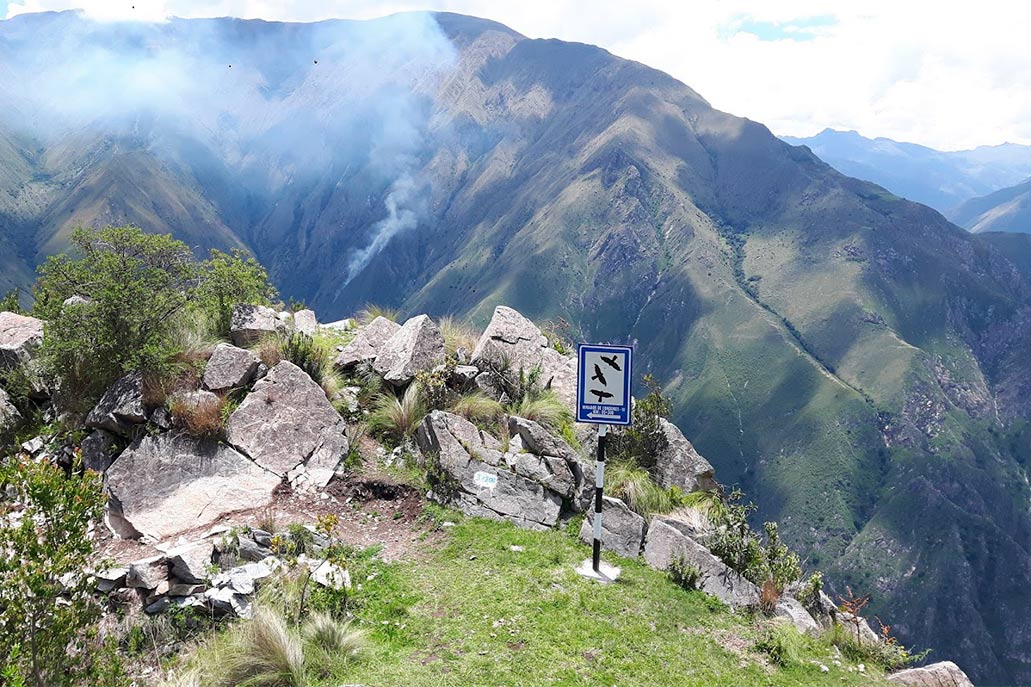
One of the best landscapes and natural spectacles of Cusco can be seen in the community of Chonta, Anta province. From there you can appreciate the flight of the condor, the largest and most important bird in the Andes Mountains. This show is surrounded by a chain of mountains and the Apurímac canyon, an unforgettable landscape.
Chonta has three viewpoints located approximately 3,400 meters above sea level. The third and highest of all is the one that shows the flight of the condors. This show can be observed on sunny days, as it approaches 3 in the afternoon. This show resembles the famous flight of the condor in the Colca Canyon – Arequipa.
- How to get there from the city of Cusco? Take a bus to Limatambo (2 hours). Then by bus or taxi to the community of Chonta (30 minutes). Finally on foot to the viewpoint (1 hour).
- How much does it cost to visit? The entrance fee is 10 Peruvian soles.
The pongo of Mainique
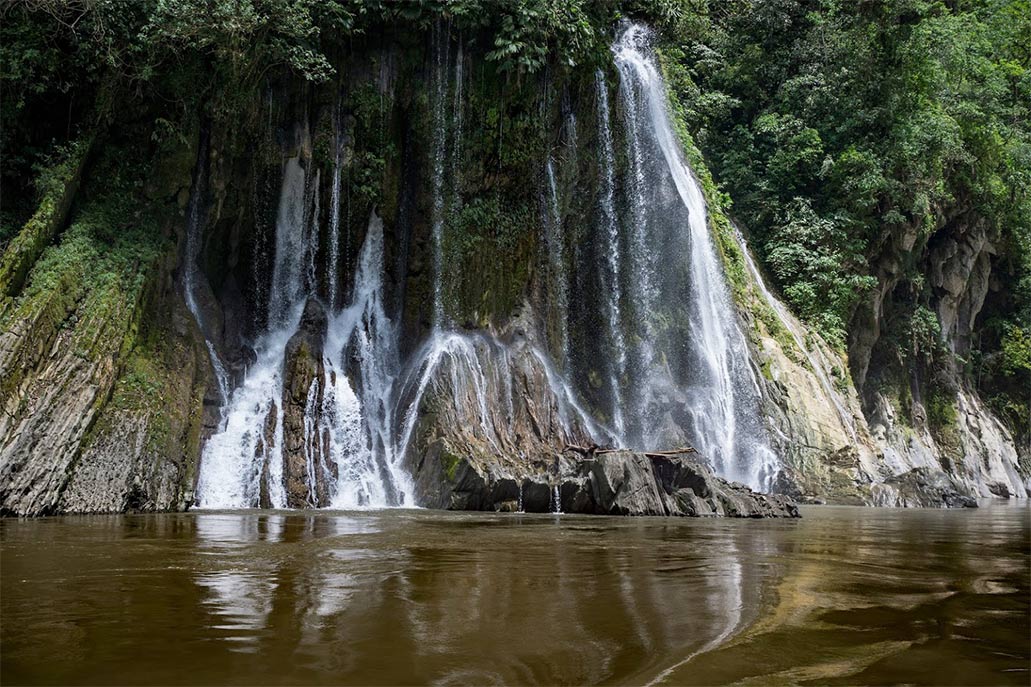
The pongo of Mainique is a geographical formation where the Vilcanota River leaves the high Andean mountains to enter the thick of the jungle. This passage of rushing waters is famous for its historical importance that even became a myth. The Incas and Amazonian cultures adored this site. It is located in the province of La Convencion, in the jungle of Cusco.
The pongo de Mainique is located within the Megantoni National Sanctuary, an area protected by its diversity of flora, fauna and culture (native peoples settle there). The climate there varies from 17ºC. up to 32ºC. The pongo becomes dangerous in the rainy season (January, February and March). For greater security it is recommended to go with an all-inclusive tour.
- How to get there from the city of Cusco? Take a bus to Quillabamba (7 hours). Then by bus to the town of Ivochote (5 hours). Finally a boat to the pongo (2 hours).
- How much does it cost to visit? The 4-day tours cost between 400 to 600 US dollars per visitor. Includes everything, including visits to other nearby tourist attractions.
The abode of the gods in Cusco
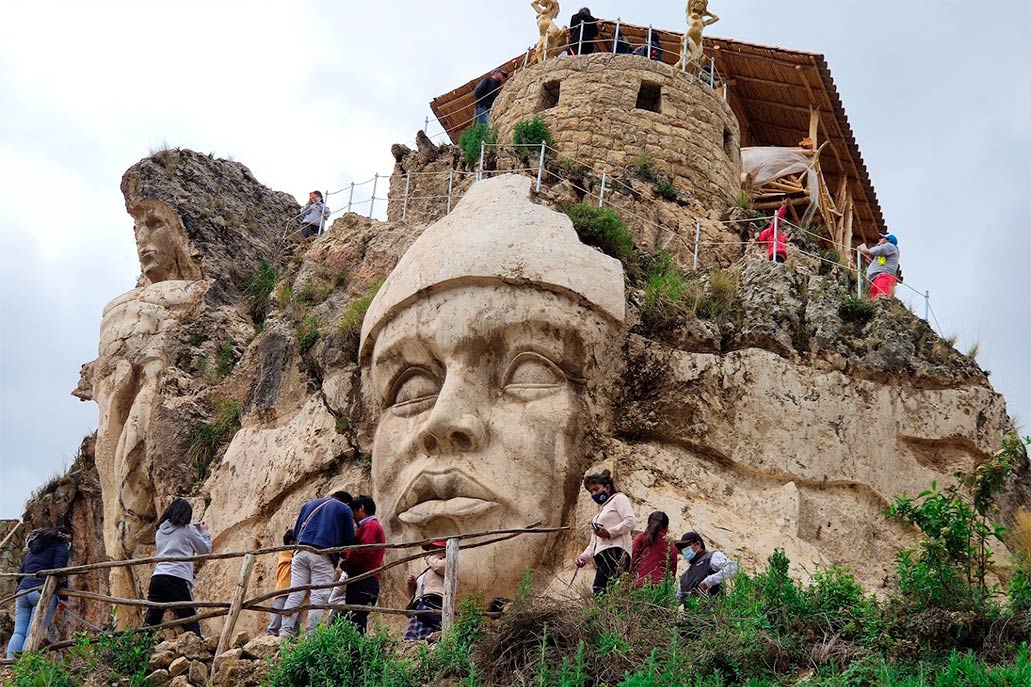
The Apukunaq Tianan is one of the most recent tourist attractions in Cusco. Its name comes from the Quechua language. It means ‘Abode of the gods’. It is a space where several giant sculptures with Andean-religious motifs meet. These sculptures were created by the Cusco artist Michael de Titán Monteagudo Mejía in 2020.
The abode of the gods is very close to the city of Cusco, just 8 kilometers away. It is progressively becoming one of the most photographed tourist attractions in the region. It stands out for monuments such as: the puma, the pachamama, the Andean man, the three-dimensional door, the man of the jungle and more.
- How to get there from the city of Cusco? Take a bus to the Poroy district (30 minutes). Then a taxi to the ‘Abode of the gods’ (15 minutes).
- How much does it cost to visit? The entrance costs 2 Peruvian soles.
The archaeological site of Inkilltambo
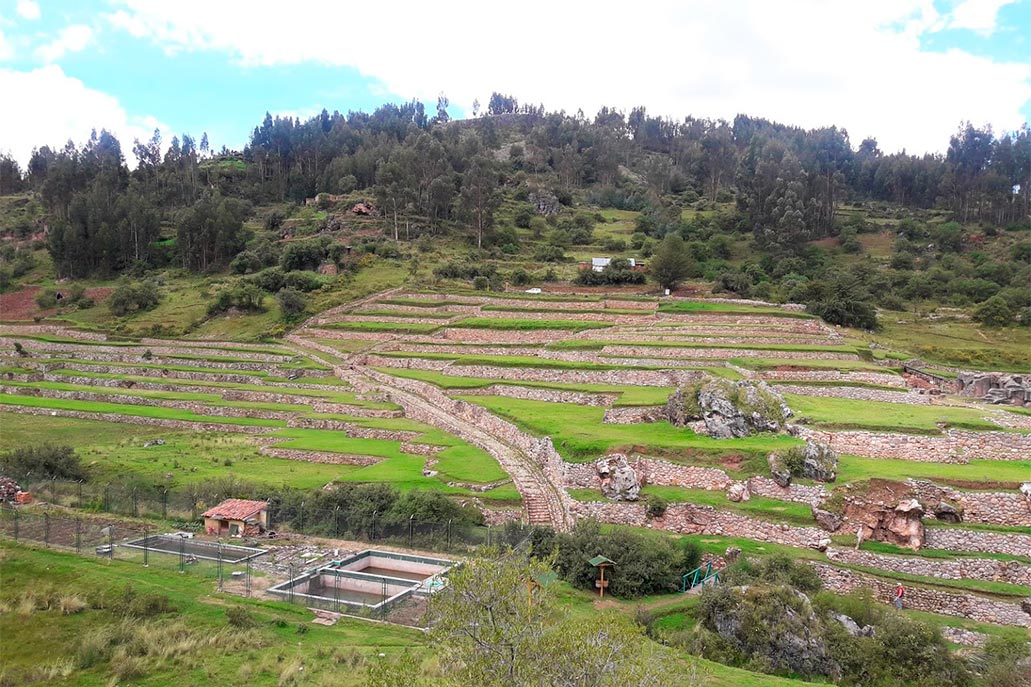
Inkilltambo was a sacred Inca huaca. Research suggests that it was built by the Inca Wiracocha. Then the emperor Pachacutec ordered its expansion and improvement. In 2015 its restoration began. Today the entrance to Inkilltambo is free. It is only 7.3 kilometers from the city of Cusco.
In Inkilltambo the tourist will be able to observe Inca trails, water channels, smaller enclosures, terraces, temples and more. Research suggests that it was a huaca where water was worshiped. It is one of the few archaeological sites that is free for all. It is part of the immense Sacsayhuaman Archaeological Park.
- How to get there from the city of Cusco? Taking a bus to the entrance to Sacsayhuaman for Mutual Help (30 minutes). From there on foot to Inkilltambo (30 minutes).
- How much does it cost to visit? Admission is free for everyone.
The archaeological site of Waqrapukara
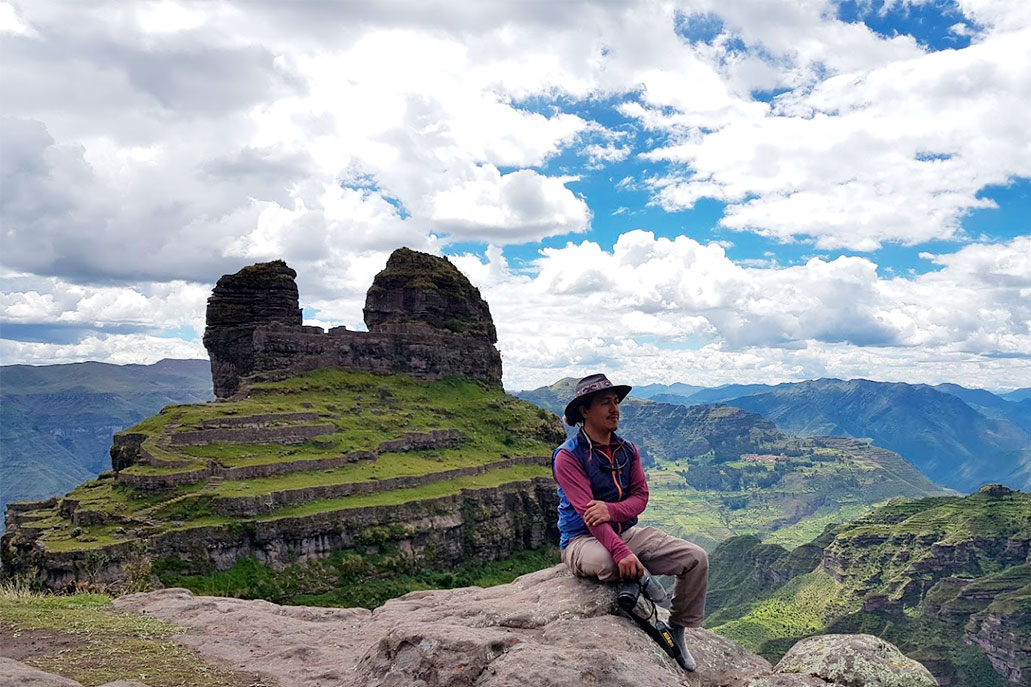
The fortress of Waqrapukara is one of the lesser known Inca archaeological sites. However, its architectural, scenic beauty and historical importance make it a site that must be visited. It was built by the Canchi culture. It was later remodeled by the Incas in the government of Túpac Yupanqui (1471 – 1493).
Its name comes from a Quechua word that means ‘Fortress in the shape of a horn’. It is that the site resembles a high stone castle with two horns on top. Despite this, the place was a temple where the gods were worshiped. The walk there was a pilgrimage. Most visitors arrive there on a tour. However, it is also possible to go on your own.
- How to get there from the city of Cusco? Taking a bus to the district of Sangarará (2 hours 30 minutes). Then a 15-kilometer hike to Waqrapukara (2 hours 30 minutes).
- How much does it cost to visit? The entrance fee is 10 Peruvian soles.
By Machupicchu Terra – Last updated, August 28, 2023